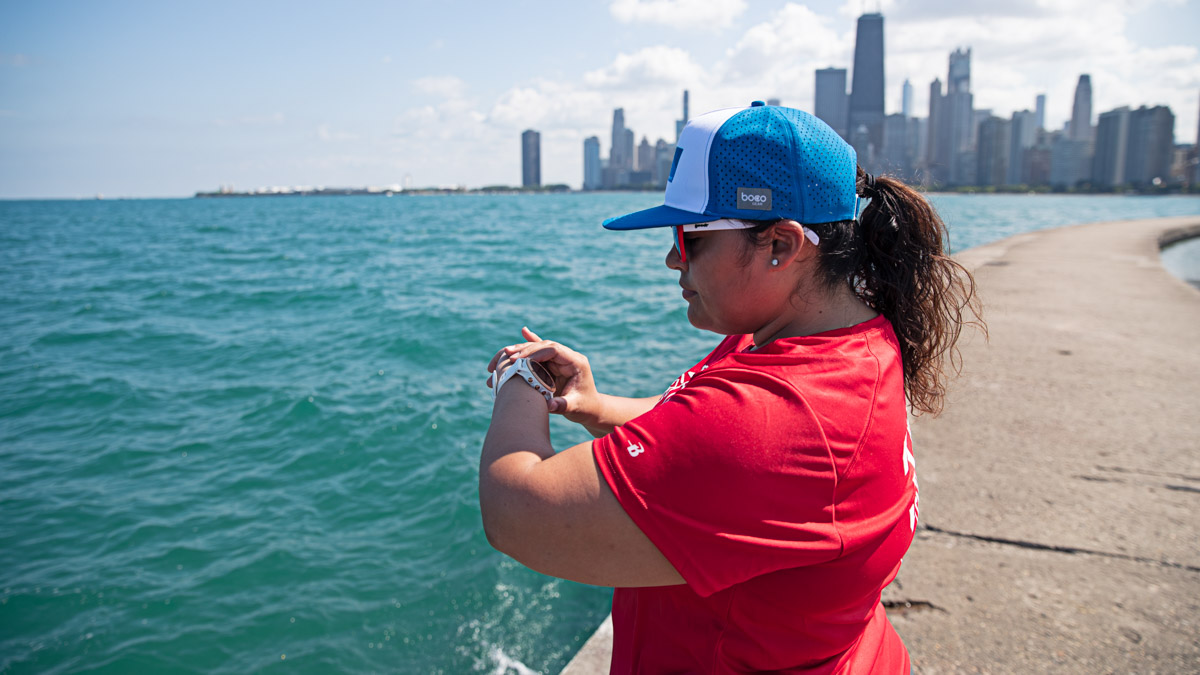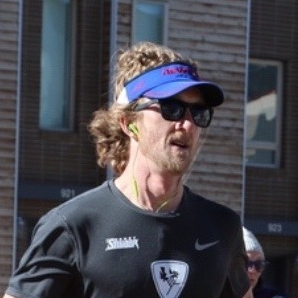Mindfulness. A ubiquitous term in our current age that seems to be celebrated as a remedy for a myriad of life conditions. But what exactly is mindfulness? And why would an athlete benefit from incorporating mindfulness training into an already busy training cycle?
Many people interpret mindfulness as a way for athletes to gain a competitive edge, but that’s not what mindfulness is about, or can guarantee. Mindfulness is as simple as it sounds: Learning how to pay attention, in a particular way, in this present moment, without judgment. In turn, this ability sharpens our focus, dials in deep states of concentration, betters our engagement, and allows us to form deeper connections to ourselves and others.
When practiced regularly, mindfulness helps us manage sports specific challenges. It can reduce performance anxiety, manage mid-competition emotion and help channel our willingness to endure during difficult moments. But the trick is you have to treat mindfulness just as you treat physical training—day in, day out, dedicated practice, as consistency over time leads to gains.
Take a Deep Breath
This starts with simple breath awareness. I have a silly little saying – if you’re not breathing, you’re having a bad day. The average adult respiration rate is about 12 – 16 breaths per minute, yet we take most of our breaths subconsciously. So start there—take a moment to be fully aware of your breath in this moment, as you read this sentence. Feel your chest rise as you breathe in and deflate when you breathe out. Notice the rhythm, pace, and tempo of your breath. Is it slow? Is it fast? Notice how your breath travels. Is it shallow? Is it deep? In your abdomen? Your chest? Feel the temperature, perhaps changing between the in-breath and the out-breath. Is it cool? Is it warm? Maintain your focus for as long as you’d like, but ideally for a minimum of 1 – 3 minutes. Your mind will eventually wander, but that’s okay. That’s what minds do. When it drifts away bring your focus back to the sensation of your breath.
There are a number of systemic, physiological changes that occur when we bring awareness to our breath. First, our breath tends to slow by bringing awareness to it. Second, we promote better oxygenation in our system. And third, evidence shows that after about one minute of slower, deliberate breathing, we begin to dampen the sympathetic nervous system (commonly referred to as the fight or flight response) and turn on the parasympathetic nervous system response. For athletes, this, in particular, can help aid in our recovery and managing pre-race jitters.
Coaching Mindfulness
Peak performance requires mind-body alignment and mindfulness is a great place to start. Help your athletes by adding 5 – 10 minutes of mindfulness practice several days per week to their calendar. Treating mindfulness as a training session is going to increase adherence and will change their attitude; from viewing mental training as optional, to a core feature of their training. Athletes love seeing TrainingPeaks training boxes turn green.
This being said, coaches don’t necessarily need to prescribe HOW athletes should practice mindfulness. There has never been a greater variety of techniques and tools that teach this skill. There are a host of apps that have been developed specifically with the intention of making mindfulness training accessible. I personally prefer Insight Timer. It’s free to download with optional add-on purchases. It offers over 15,000 free guided practices ranging from pain management, to sleep, to a section on sports performance.
If you’d like to learn more about the role of sports performance psychology and using mindfulness as an athlete, keep your eye out for a Sports Psychology Performance Course I created that will be available soon. This course details key concepts like performance psychology, along with a few guided practices to get you thinking more critically about the role of the mind in your performance.
More and more athletes understand the vital nature of training their minds alongside their bodies. Mindfulness is a terrific place to start developing a high-performance psychology baseline.


